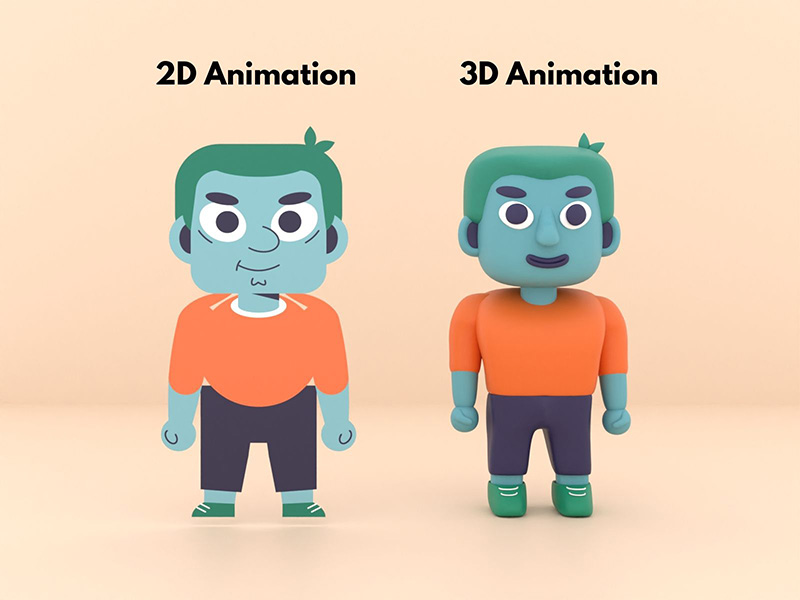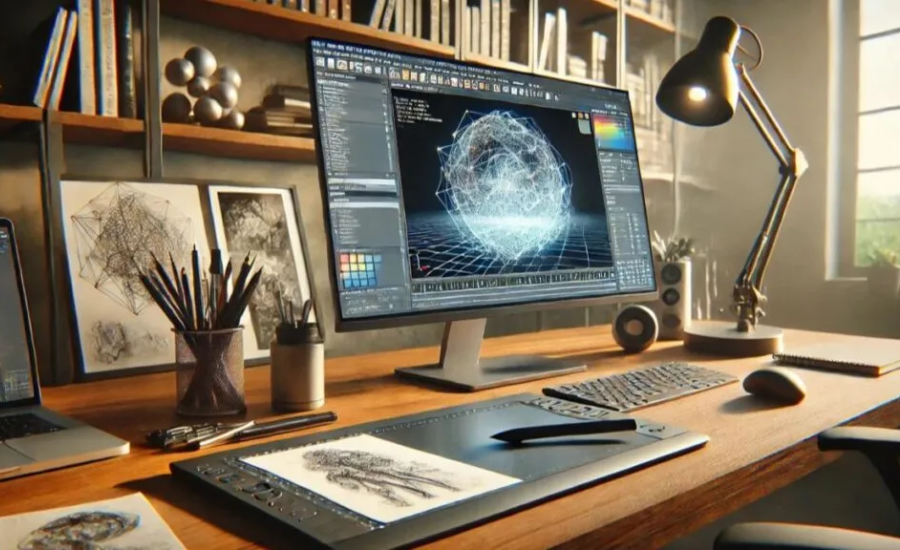Animation has changed greatly, now animation is an art form that combines together storytelling, marketing, and entertainment purposes. One of the new trends in the industry is using integrated 2D and 3D animation. This compositional technique allows combining these angles to capitalize on the unique creative aspects that ′s fit differential industries.
Adding Value and Room for Imagination
The blending of two-dimensional animation and 3D animation gives the artist a chance to accentuate 3D animation thus appealing to different audiences. Artists respect 2D animation due to its prettiness and affection whereas 3D animation gives realism and better perception. The combination of both makes it possible for artists to refurbish vintage and create exquisite graphics. This is how different art styles as well as projects get a chance to be distinguished amid massive media saturation. One of the animated masterpieces, for instance, Spider-Man: Into the Spider-Verse brings together the comic book look with the 3D environments.
Increasing Storytelling Potential
The blend of 2D and 3D animations allows the storyteller to broaden the scope of how they tell their story. 3D animation is very beneficial as it is combined with inks and omniscient carriers because they assist in the making of lifelike characters. 2D animation, on the other hand, is crucial when characters need to show an emotion or when an abstract idea needs to be focused on. Finishing with a combination of these techniques to get the best results, animators get to add emotional weight to their stories. The twist in the tale makes the stories captivating and cuts across audiences from different walks of life and ages.
Economical Options
3D animation models and renders take a lot of resources however, 2D can help cut down on the spending. For instance, structures and less important supporting cast characters can be drawn in 2D which will enable the developer to have enough resources to effectively render the complex movements and effects in 3D. By managing the resources this way, the developers can deliver good quality work without going over budget. Using this strategy is quite appealing to independent developers and small studios as it allows them to compete with more established production houses.
Reduced Time For Creation
On the other hand, 2D is also useful when integrated with 3D as it aids in speeding up timelines. There are cases in which 2D can be used as it is cheaper and faster for the preparation of some assets such as flat scenes and motions, while 3D can be employed on complex dynamics and visuals. The workforce can then be split according to efficiency by determining which elements of animation will be constructed in each particular technique, hence, animations will be completed faster but will still be of good quality. This kind of flexibility is beneficial, especially in advertisement industries where there are often very strict time deadlines to meet.
Wide Range of Use across Different Sectors
The application of 2D and 3D as a whole is not only used in the entertainment industry. It is quite dominant in other sectors like teaching, medicine, business and politics, and gaming among others. For instance, in the creation of educational videos, 2D can be used to explain even the most complicated topics whilst 3D can give a more rounded not to say clearer representation. As for medicine, whereby animations are made to include 2D charts and 3D models of physical structures to explain how particular operations would be performed. For example, advertising: integrating both categories would produce powerful advertisements when targeting various age groups.
Reaching Out to Different People
Projects that include both 2D and 3D animations tend to appeal to more viewers. It’s true that younger kids would enjoy the fun aspects and colors of 2D, however, the older ones have a tendency to appreciate 3D more. Therefore, by combining them, creators can create content for different ages and cultures leaving a bigger footprint in society.
Virtual Reality Users
When using interactive media, for example, in video games or other kinds of virtual reality, the use of 2D and 3D animation enhances users. To give an example, 2D animations can be used to create interface components, as well as tutorials or characters that talk, while 3D animations can help create game realms and characters. Thus, such cooperation secures combining elements of focusing people on the task as well as providing them with effortless and clear feedback.
Long-Term Value
It is often possible to find a timeless quality or ‘something special’ within 2D and 3D animated projects, as they could be said to combine tradition with modernity. This mix ensures that the content is relevant and appealing even in the years to come. In addition, the functionality of these projects makes it possible to be used on different devices ranging from conventional screens to AR and VR devices.
Conclusion
The integration of 2D and 3D has countless advantages for the creator as well as the audience. There are opportunities to improve both styles, and animators will be able to create visually stunning, yet emotionally engaging and affordable projects in an oversaturated industry. The potential is limitless while doing entertainment, education, or marketing which makes this approach very effective in contemporary animation.



